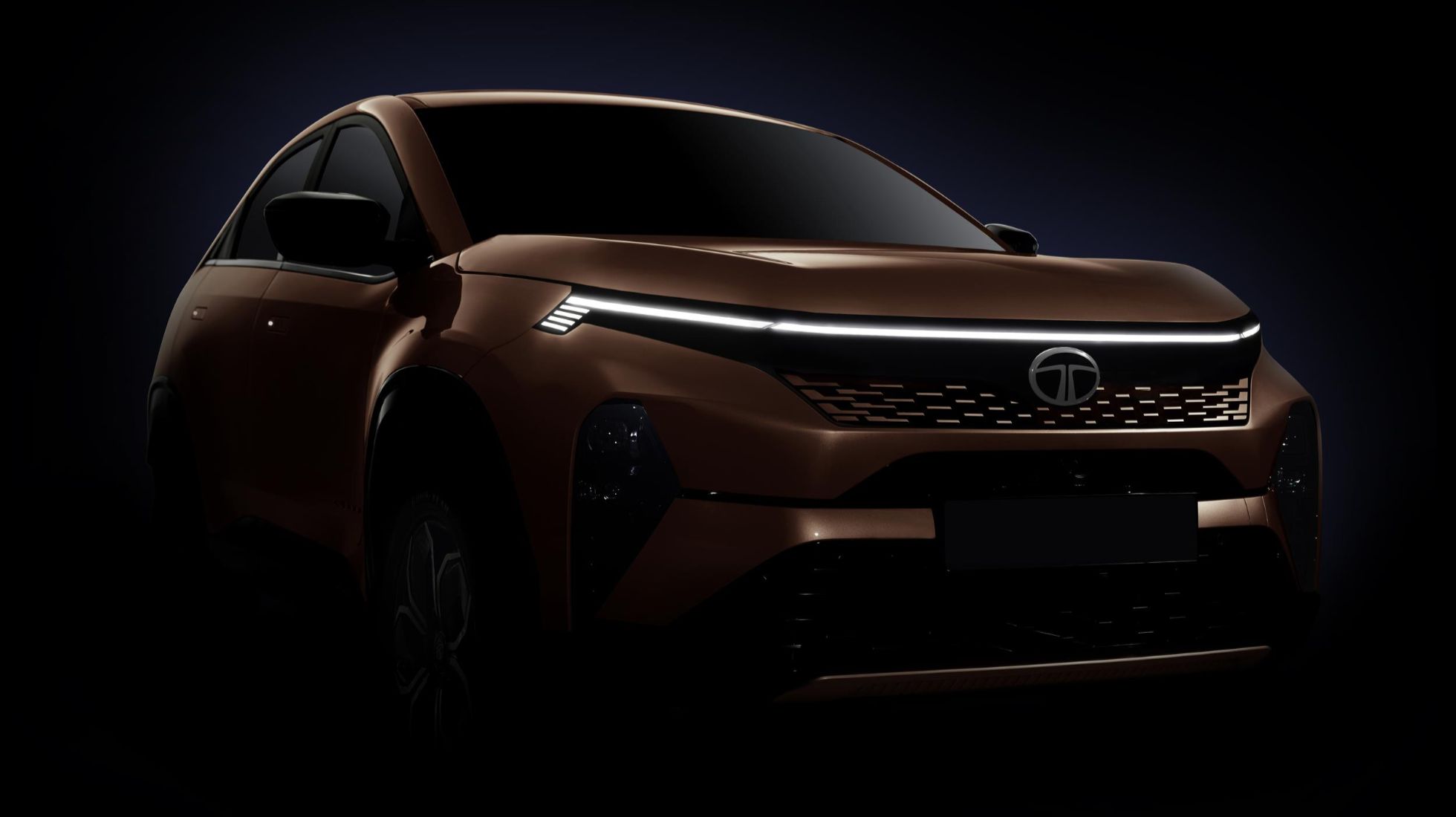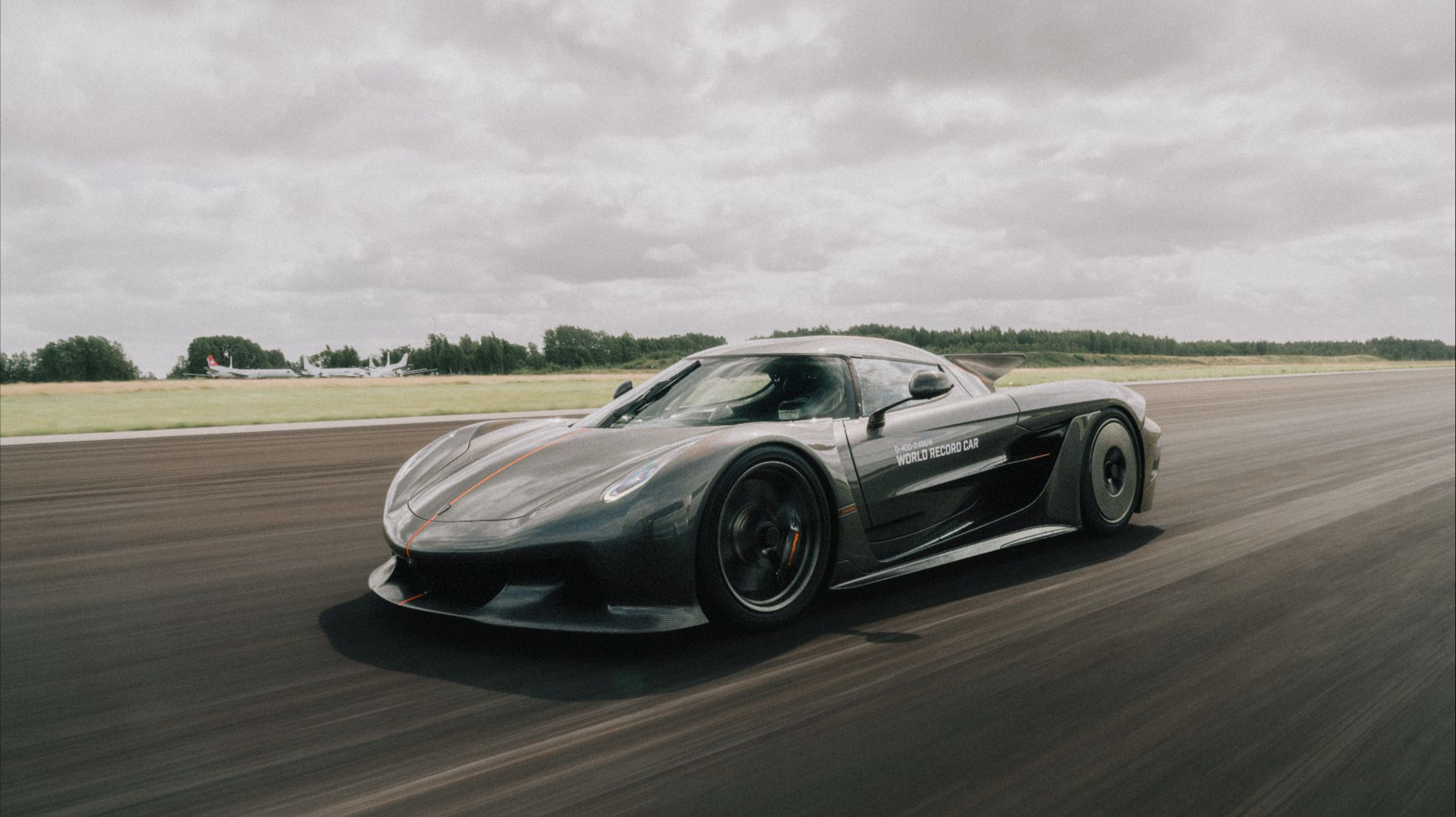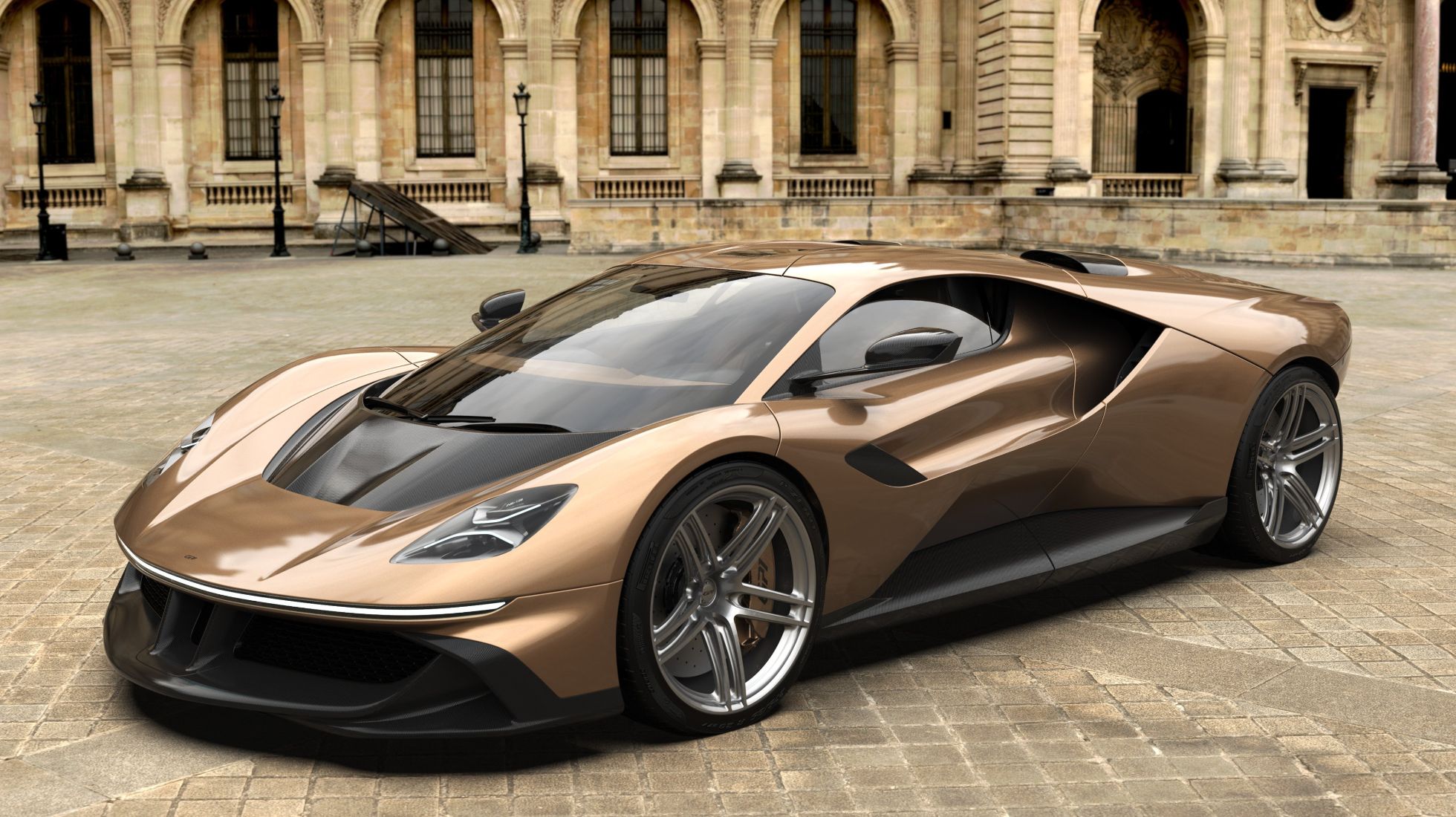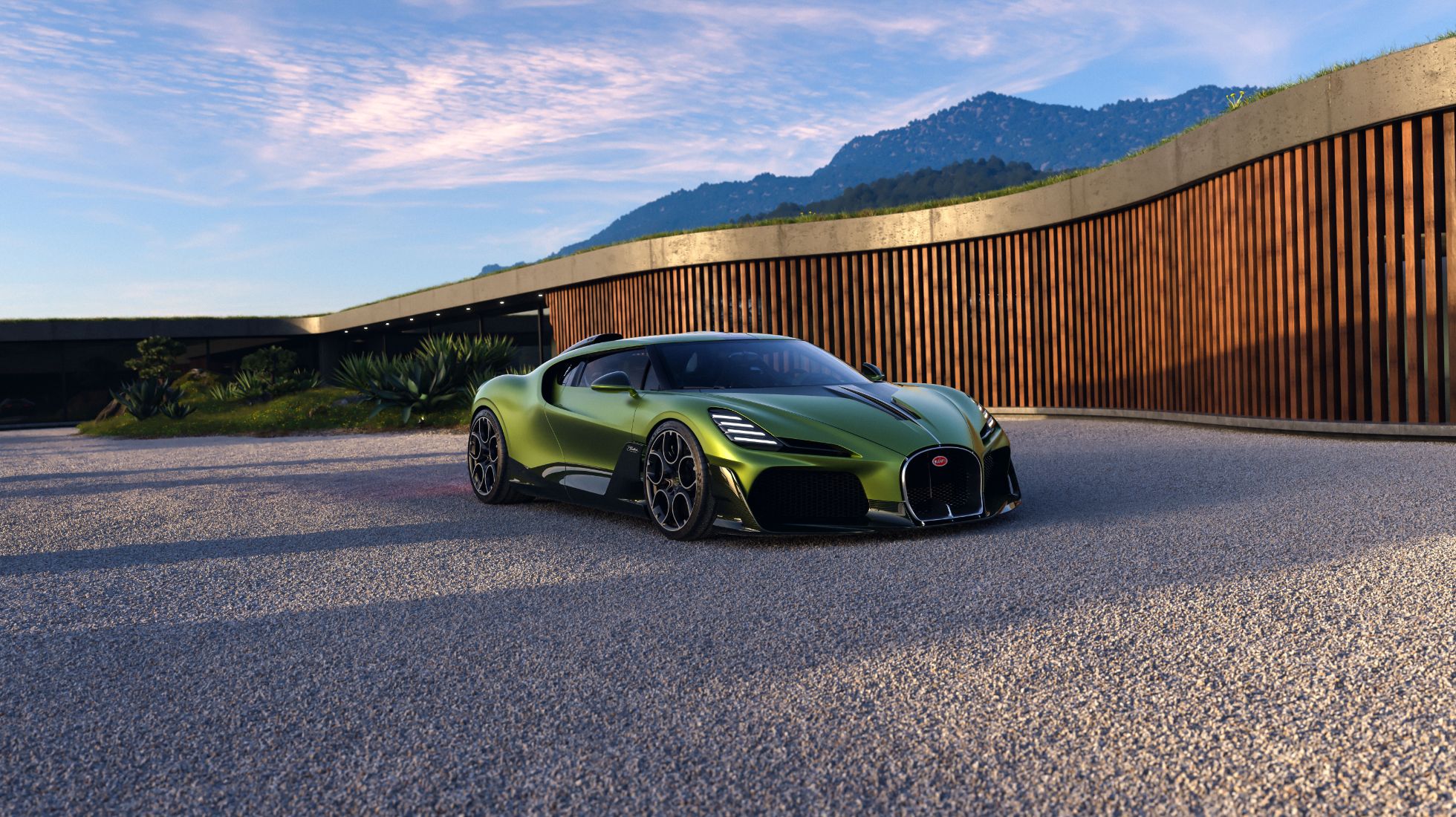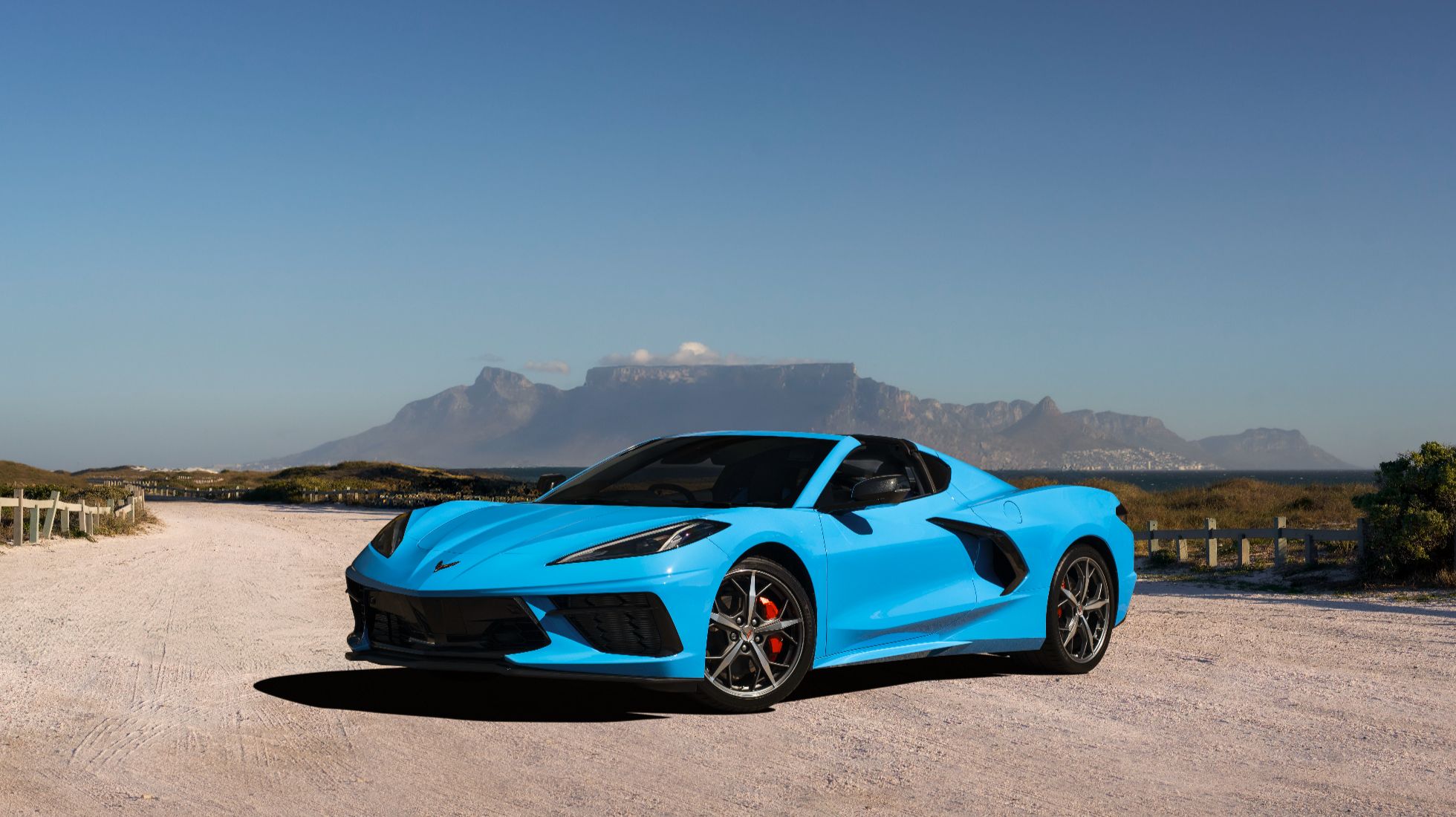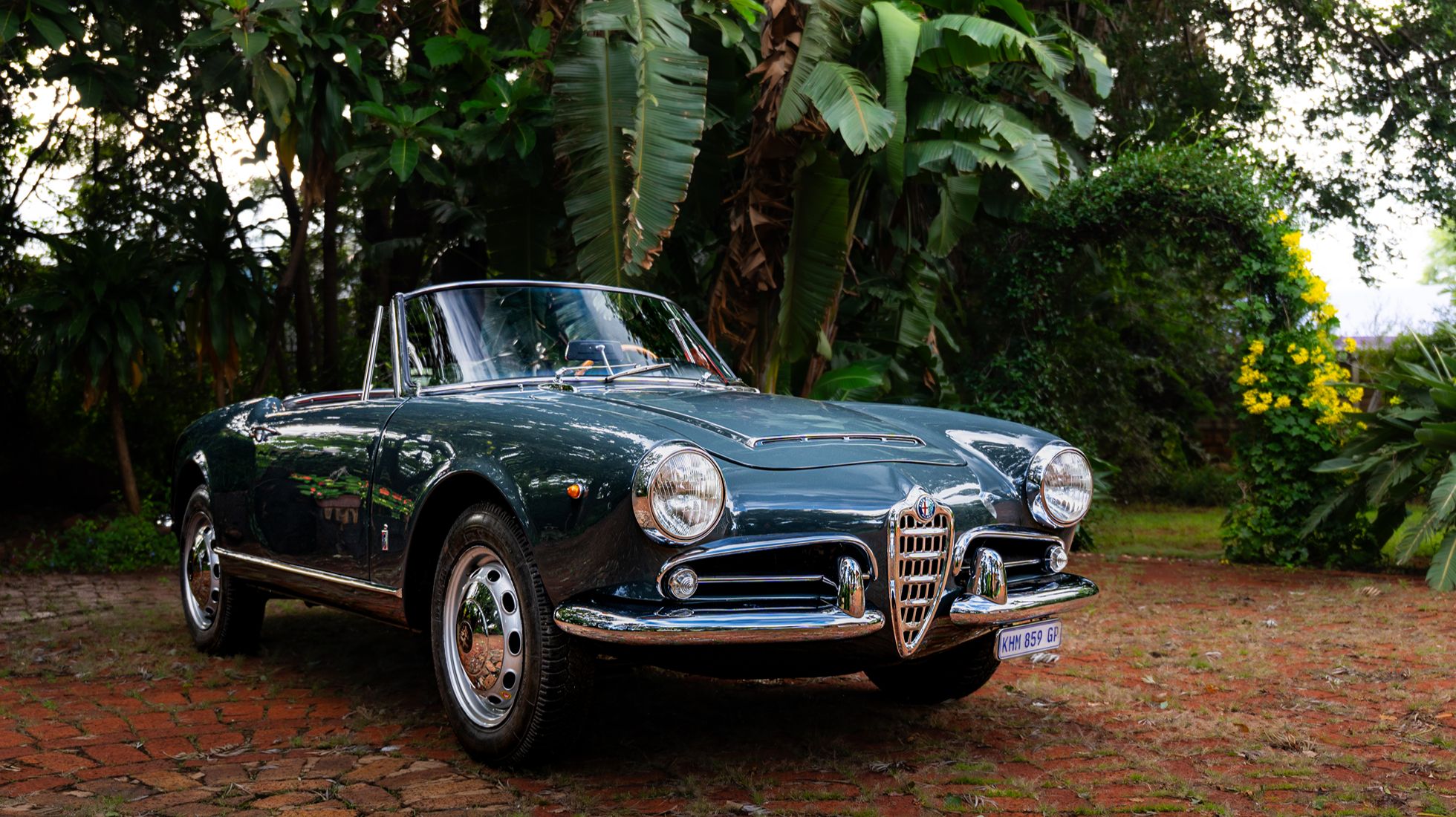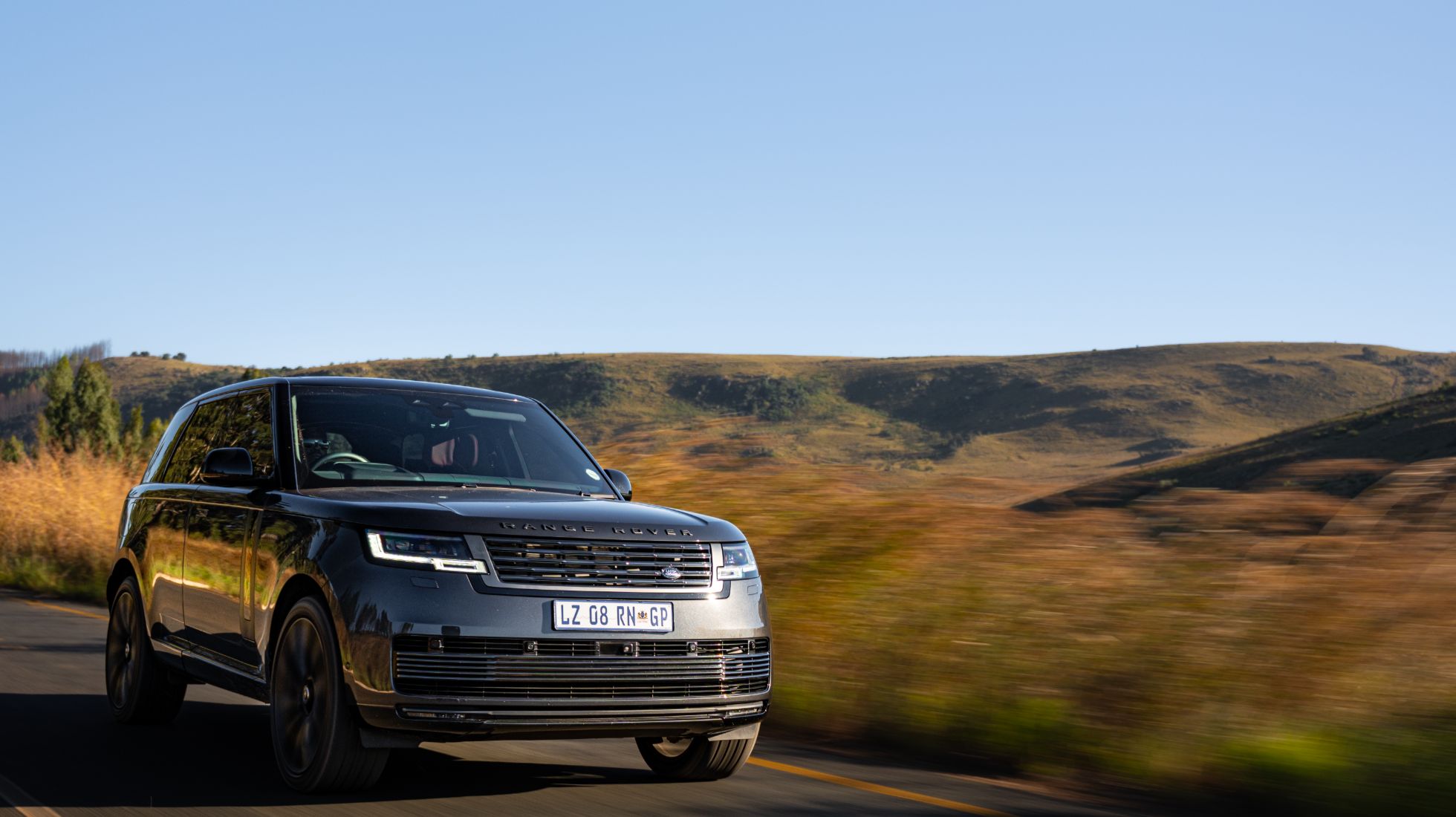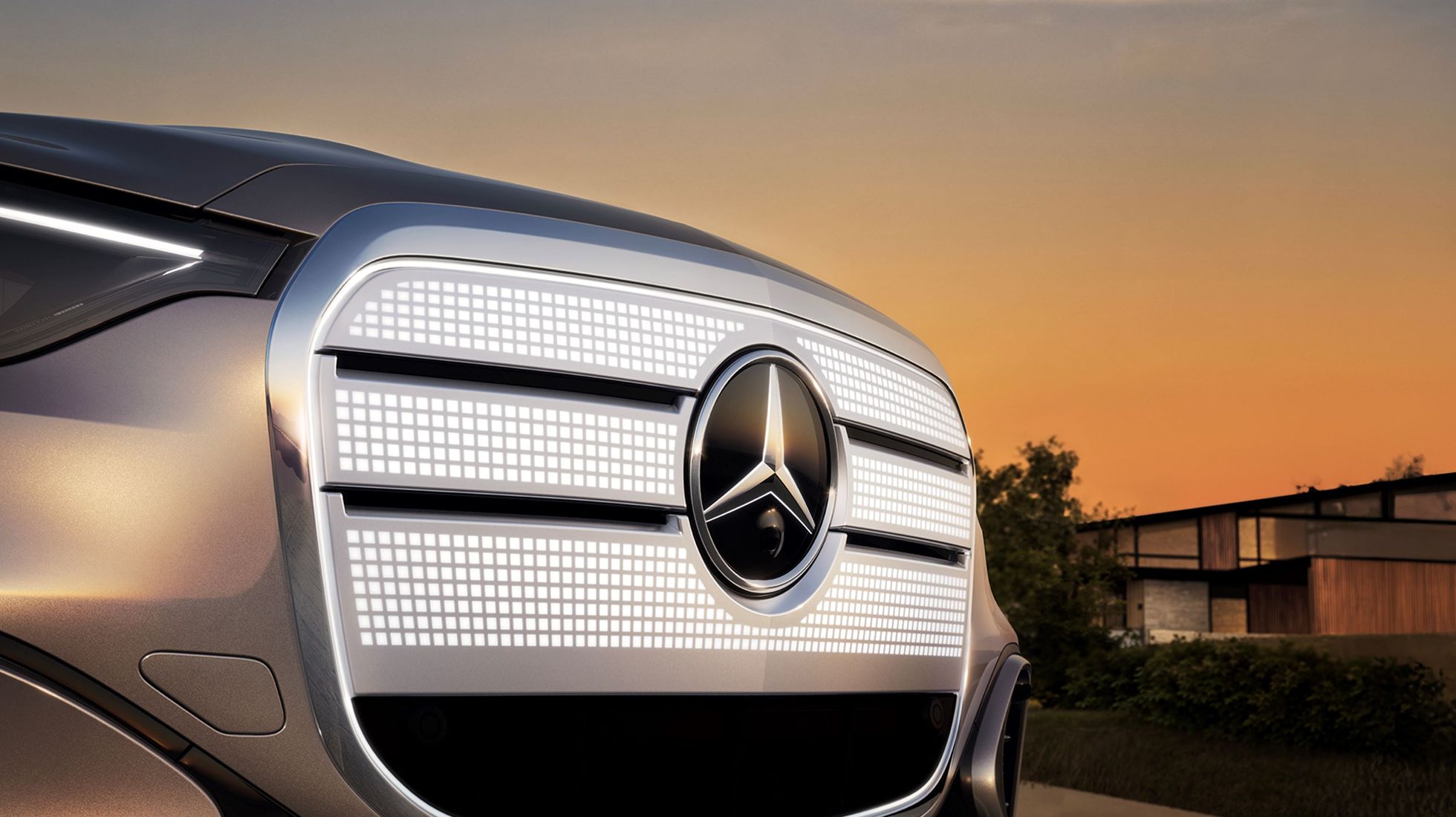First Drive: Kia Sorento SX AWD
Since the rapid rise of Chinese products in SA, it could be argued that Kia SA’s true turning point came in 2024, when a new CEO stepped in to replace Gary Scott. The leadership change occurred at a crucial time, as the brand faced growing pressure not only from traditional European and Japanese rivals, but also from increasingly value-packed Chinese offerings.
In response, Kia streamlined its once-cluttered model range, made pricing more competitive—the Sonet’s reduced price being a key example and sharpened its overall market strategy. This has resulted in a fresh sense of focus and momentum that seems to be taking shape, if we’re honest.
It was only the beginning, because at the recent launch of the facelifted Sorento, Paul Turnbull, the new CEO, said that in the next 18 months, the brand plans to introduce no fewer than nine new models, including the 7-seater Carens, the EV5 and EV9 electric SUVs, and a facelifted Carnival. A new crossover, expected to slot between the Sonet and Seltos, called the Syros, is also on the cards .As for the rugged Tasman bakkie, which was originally set to launch in Mzansi this August, Kia SA says it’s still working on finding a way to price it competitively against established players in the segment. As a result, its local debut is now expected around mid-2026—likely aligning with the launch of the next-generation Toyota Hilux.
And leading the charge, right now, is the updated Kia Sorento, which we sampled in Cape Town recently. The same market strategy has been introduced here. Firstly, by cutting down the model range from four models to only three. That said, Kia has taken what was already a solid product and made it even better.
Visually, the Sorento now wears the brand’s latest design language, a look the brand says is meant to create a more consistent identity across its product range. The updates at the back are more subtle: a redesigned bumper, new taillight graphics, tweaked exhaust trim, and a wide rear skid plate sum up the changes. But upfront, it’s a different story, thanks to a bold new front fascia that gives it a stronger road presence, vertical headlights, new daytime running lights with sequential indicators, a revised skid plate, redesigned foglights, and standard 20-inch alloy wheels across the range.
It’s still very much the Sorento we’ve come to know, but now with an even stronger visual presence. Honestly, we love the bold stance it carries and that touch of American SUVs, which suits it perfectly.
Sold in three variants: EX+ 2WD, SX AWD, and SXL AWD, we sampled the mid-spec SX AWD at launch. And despite not being the top-of-the-range variant, the cabin is amazing. To begin with, the interior now features a sleeker layout and a new infotainment system that closely mirrors what we’ve seen in the brand’s flagship EVs, the EV6 and EV9. Like before, the fit and finish are impressive, courtesy of a spacious interior, a mix of soft-touch materials and textured surfaces that add a bit of visual flair without overdoing it. It’s not an SUV that aims for full-on luxury, and that’s okay. It feels solid, durable, and ready to handle the realities of everyday life, kids, crumbs, and all.
As is the case with modern vehicles, the Sorento now comes with a 12.3-inch TFT instrument cluster paired with a 10.25-inch touchscreen infotainment system that now has wireless Android Auto and Apple CarPlay as standard. The interface looks great, it’s intuitive, and has sharp graphics. Borrowed from the Sportage is the touch control panel that switches between media and HVAC settings. It takes a moment to get used to, but once you do, it’s genuinely clever and helps keep the dash uncluttered. We also found the lane-keeping assist to be a bit too intrusive. It’s easy enough to switch off by holding the button on the steering wheel, but the annoying part is that it resets every time you start the car; you have to turn it off manually each time.
In terms of space, the Sorento continues to offer a decent amount of it. Built on the same platform as before, it remains a favourite among family SUV buyers for good reason. There’s generous room in the first and second rows, and while the third row is still best suited to kids, it’s nice to have the option, especially when most premium rivals like the BMW X3 and Mercedes-Benz GLC don’t offer seven seats at all.
Even with all three rows up, the Sorento offers 179 litres of boot space, enough for a few small bags or groceries. Fold the third row, and that jumps to 608 litres, which is great for everyday family use. If you need even more flexibility, you can expand it to 813 litres with part of the second row folded, and a full 1,966 litres with everything down. It’s more practical than most premium rivals and holds its own against larger SUVs like the Santa Fe, which offers between 413 and 2,253 litres depending on configuration.
When it comes to driving, it’s very much the same as before, and that can be attributed to the platform starting to show its age. It’s not as refined as the new Santa Fe, which sits on an entirely new platform. That said, Kia’s 2.2-litre turbodiesel remains a solid and dependable performer, pushing out 148kW and 440Nm through a smooth-shifting 8-speed automatic gearbox to all four wheels in the case of our launch model.
We drove the Sorento through some mountainous routes outside Cape Town, and the engine’s strong mid-range torque made light work of steep climbs and overtaking. Road comfort is impressive, with the suspension doing well to soak up rougher sections, and body roll kept nicely in check through twistier bits. While diesel power still makes a lot of sense for local buyers, Kia says it’s keeping a close eye on competitor trends before committing to hybrid options locally. That puts the Sorento in an interesting space; it offers the familiar punch of diesel at a time when rivals like the Santa Fe have gone the hybrid route.
Speaking of the diesel engine, Kia says it’s here to stay, for now, at least. It will continue to power several models in the line-up, including the upcoming Tasman bakkie, which is expected to launch within the next 18 months.
In terms of features, there’s just a lot. You get a heated steering wheel and front seats, a wireless charging pad, a host of safety features, a large panoramic sunroof, smart cruise control, and a superb sound system available with a Bose sound system in the top-of-the-range model.
The segment the Sorento competes in is a crowded one, and while the bold new Hyundai Santa Fe might grab more attention, the Kia makes a compelling case. With pricing that starts at R999,995 and a diesel powertrain that still resonates with local buyers, it offers strong value. At the end of the day, the Sorento is a well-rounded, genuinely practical seven-seater that delivers where it counts. And for families looking for space, comfort, and solid everyday usability, it continues to tick all the right boxes.
Pricing
Sorento 2.2 CRDi 7-Seater EX+ 2WD 8DCT: R999,995
Sorento 2.2 CRDi 7-Seater SX AWD 8DCT: R1,199,995
Sorento 2.2 CRDi 7-Seater SXL AWD 8DCT: R1,299,995


.jpg)
